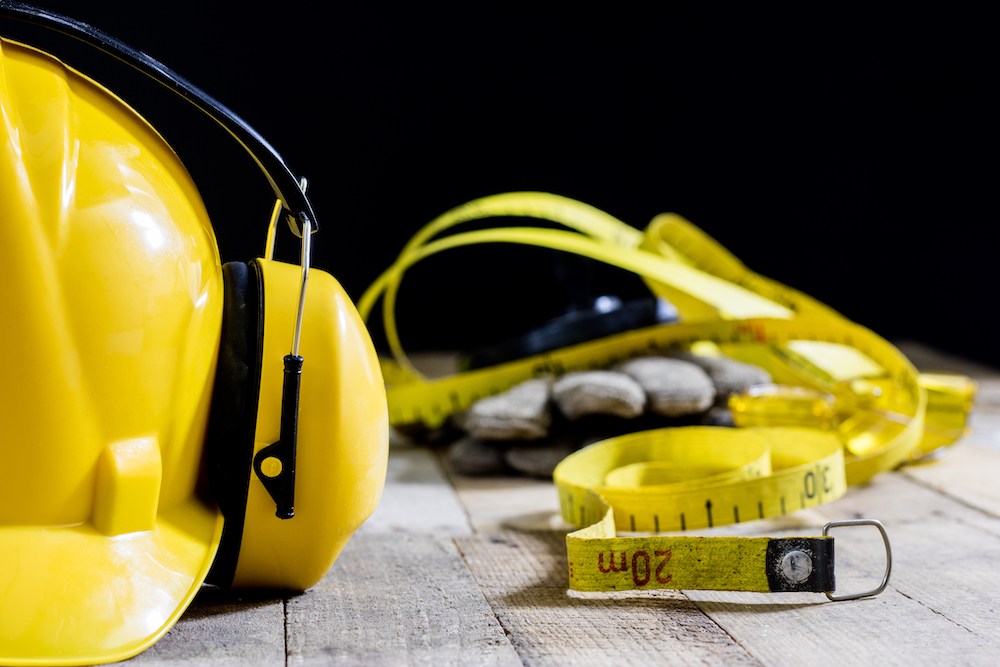Why Should You See an Audiologist for Balance Issues?
Your sense of balance is closely linked with your hearing and inner ear.

By: admin | August 20, 2023
Noise pollution in the workplace is a growing concern across various industries. From manufacturing plants to bustling offices, employees are exposed to varying levels of noise that can have lasting impacts on their hearing health. This article will focus on the role of hearing protection in the workplace and how audiologists are instrumental in mitigating risks and ensuring auditory well-being.
The first step in addressing workplace noise is recognizing the hazards. High noise levels can lead to hearing loss, tinnitus, and even non-auditory health issues such as increased stress or cardiovascular problems. Audiologists often collaborate with occupational health teams to assess noise levels, identifying areas of concern and individuals at risk.
Developing an effective hearing protection strategy requires a comprehensive approach tailored to the specific needs of the workplace. Audiologists analyze the noise sources, duration of exposure, and existing controls to recommend appropriate protection measures. This could include engineering controls to reduce noise at the source, administrative controls to limit exposure time, and personal protective equipment (PPE) such as earmuffs or earplugs.
Simply providing PPE is not enough; employees must understand why it’s necessary and how to use it correctly. Audiologists play a key role in developing and conducting training sessions to educate workers about hearing protection. They also engage with employees, encouraging them to take an active role in their hearing health and providing opportunities for feedback and continuous improvement.
Workplace noise levels and risks can change over time. Regular monitoring and evaluation are essential to ensure that protection measures remain effective. Audiologists conduct periodic assessments, analyze trends, and adjust strategies as needed. This ongoing engagement not only maintains compliance with regulations but also builds a culture of hearing health within the organization.
In high-risk environments such as construction sites, mining operations, or industrial factories, specialized measures may be required. Audiologists work closely with safety managers and engineers to design and implement solutions that address the unique challenges of these settings. This might involve state-of-the-art noise-canceling technologies, noise barriers, or customized PPE.
The field of hearing protection continues to see remarkable innovations. Advanced technologies such as active noise cancellation, smart hearing protection devices that adapt to changing noise levels, and mobile apps for real-time monitoring are becoming more prevalent. Audiologists are often at the forefront of adopting and integrating these innovations, ensuring that workplace hearing protection strategies stay current and effective.
Employees with existing hearing impairments may require additional support and accommodations. Audiologists assess individual needs, recommending assistive listening devices or modifications to the work environment. They also collaborate with human resources and management to ensure that accommodations align with legal requirements and organizational goals.
Noise-induced hearing loss is preventable, yet it remains one of the most common occupational health issues. Audiologists, with their expertise in hearing health, are essential partners in crafting comprehensive hearing protection strategies for the workplace. Their contributions extend beyond risk mitigation, encompassing education, engagement, innovation, and personalized care. Together with organizational leadership, safety professionals, and employees, audiologists are paving the way for a sound future in occupational health, where hearing protection is not merely a compliance issue but a cornerstone of well-being and productivity.
Tags: hearing loss prevention tips, hearing protection services, how-to guides

Your sense of balance is closely linked with your hearing and inner ear.
By: admin | July 29, 2022

Although hearing aid repairs can be an essential process when they become
By: admin | July 29, 2022

Tinnitus is a condition that affects the ears. It can cause ringing,
By: admin | June 15, 2022
